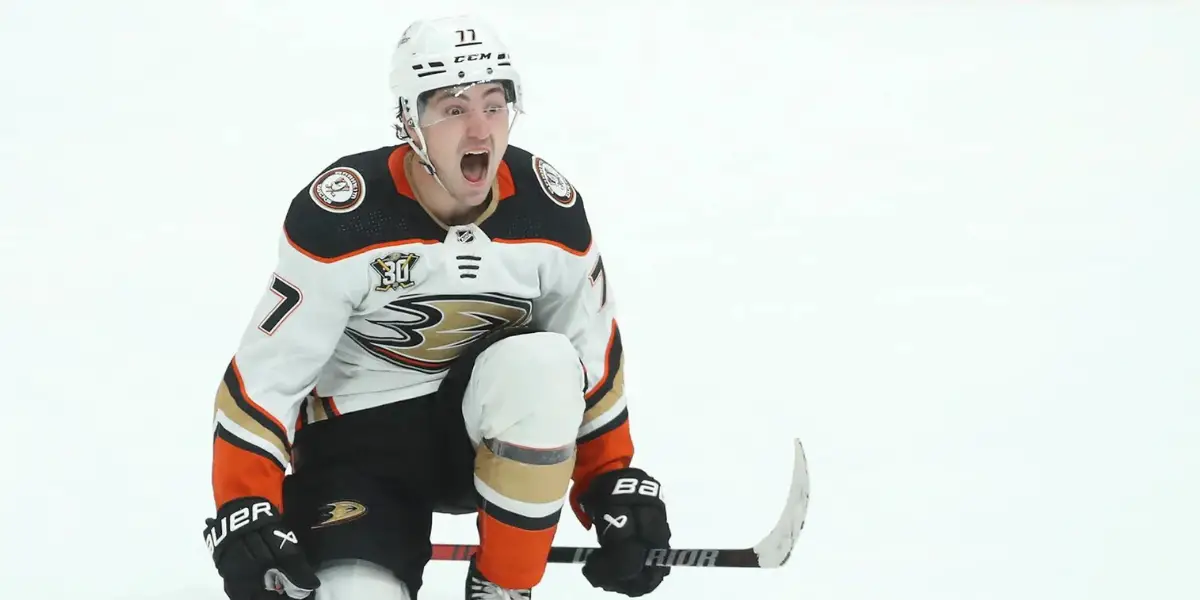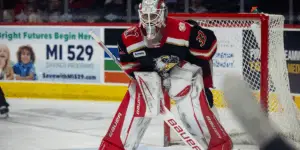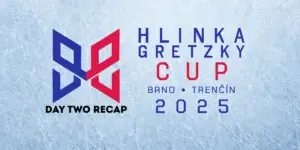
Statistically, 2023-24 has been a terrific year for Anaheim Ducks forward Frank Vatrano. At 29 years old (turning 30 on March 14th), Vatrano has tallied 20 goals and 10 assists through 41 games on the season, the exact halfway mark. He is on pace for a whopping 40 goals this season and is only five goals away from eclipsing his career-high of 24 goals he potted in the 2018-19 season as a member of the Florida Panthers. He has taken on a more extended role on the Anaheim roster this year, averaging a career-high 18:19 TOI/game, and is an integral part of the team’s penalty kill and powerplay units. It’s safe to say Vatrano is having a career year, and because of it, he will appear in his first NHL All-Star game as the Anaheim Ducks’ representative.
The Anaheim Ducks, as a team, aren’t having the success they’d hoped for in 2023-24. They are currently in seventh place in the Pacific Division standings and are sitting at 29th in the overall NHL standings (30th based on points percentage) with 29 points accumulated in their 41 games. The Ducks’ roster is relatively young (nine players who are 24 years of age or younger, including five rookies), adjusting to a new rookie head coach, Greg Cronin, and has been riddled with injuries to important pieces of the team’s future core. Isac Lundestrom, Trevor Zegras, Jamie Drysdale (before his trade to Philadelphia), Mason McTavish, Pavel Mintyukov, and Leo Carlsson have all missed (or are set to miss) significant time due to injuries this season. All six of those players were recent first-round draft picks, with the latter five representing top-10 overall selections in the 2019-2023 drafts, respectfully. With the Stanley Cup Playoffs out of sight in 2023-24 and possibly out of sight in 2024-25 as well, the Anaheim Ducks are still left trying to claw their way out of their rebuild and into contention.
A Tantalizing Contract
Frank Vatrano is in the second year of a three-year, $10.95 million deal he signed with the Anaheim Ducks in the Summer of 2022 with an average annual value (AAV) of $3.65 million. With ~$8.1 million in salary cap space (per Capfriendly) and if the Ducks were willing to trade him, they could retain 50% of his cap hit, and for the team acquiring him, he’d only cost $1.825 against their salary cap. For a potential 40-goal scorer, that’s a bargain. Most contending teams in the NHL are up against the salary cap ceiling and could also use a relatively cheap top-9 winger who can bring what Frank Vatrano brings on the ice. Because his contract expires after the 2024-25 season, the team potentially acquiring him would have him on the roster for two playoff runs.
On-Ice Value
The biggest attribute Frank Vatrano can contribute to a playoff team (or any team) is depth goal-scoring. Throughout his nine-year NHL career, Vatrano has scored at a 22.4-goal pace while averaging 14:28 minutes of ice per game. He can score goals from any angle, from in tight, from distance, off either foot, off the rush, from a standstill, off one-timers, off tips, and any other way one can think of. He can find soft ice in the offensive zone to receive a pass or work for his own shot with the puck on his stick, and when he does, it’s as quick and accurate as a release gets.
Vatrano doesn’t just provide goal-scoring to his team. He is a tenacious forechecker, as he is constantly flying into the offensive zone to pressure opposing breakouts. His motor is relentless as even when he is beaten in a puck battle, he will remain engaged on his check to win pucks back. In 2023-24, he’s added more of a defensive element to his game and has been an integral piece of the Ducks’ penalty kill. What many teams may value the most is that he plays with a physical edge. He plays with the coveted bite/snot/snarl/grit contending teams covet in May and June as they make their Stanley Cup runs. He isn’t shy about throwing a hit or initiating a scrum around the crease.
The Return
Middle-six, high-energy, scoring wingers are something most contending teams covet as they turn their attention to the Stanley Cup Playoffs. As mentioned previously, in Frank Vatrano, a team can add that kind of piece for less than $2 million against the salary cap and have him on their roster for two playoff runs. But a player like that likely can’t be had for scraps as far as assets going Anaheim’s way are concerned.
The closest recent comparison one can find came in February of 2020 when the New Jersey Devils traded Blake Coleman with a season and a half left on his contract, which carried an AAV of $1.8 million to the Tampa Bay Lightning. That situation is nearly identical to the one Frank Vatrano and the Ducks find themselves in. In return for Coleman, the Devils were given a 2020 first-round pick and a prospect, Nolan Foote, who had been drafted at 27th overall in the 2019 draft. In his season and a half with the Lightning, Coleman scored 32 points in 64 regular season games, 24 points in 48 postseason games, and won two Stanley Cups. While Vatrano’s production is better than Coleman’s was at the time, the landscape of how much General Managers value first-round picks has changed. One could assume those factors offset and a similar return for Anaheim can be expected if they were to deal Frank Vatrano as New Jersey received for Coleman.
Reasoning
While Frank Vatrano is providing elite goal-scoring production to an Anaheim Ducks team in desperate need of it, a 40-goal pace likely isn’t sustainable and isn’t translating to points in the standings. With the term left on his contract, a great number of teams in need of what Vatrano brings to the ice, and at the potential cap hit he can carry if the Ducks retain half of his salary, Vatrano’s trade value will never be higher than it is right now. If a team is willing to pay greater than or equal to the amount Tampa Bay paid for Blake Coleman in 2020 (1st round pick and a good prospect) for Frank Vatrano, Anaheim Ducks General Manager Pat Verbeek may want to be open to the possibility of moving him. Those pieces could provide significant value to the team as they move forward in taking the needed steps to climb out of their rebuild.
If Vatrano isn’t traded at or before the 2024 NHL trade deadline, his trade value will likely diminish. The Ducks aren’t competing for a playoff spot in 2023-24, and they likely won’t in 2024-25 either, as their roster is still young, and they still have a few steps to take in their development. If the Ducks elect not to trade Vatrano at the 2024 deadline and fail to find themselves in the playoff picture by the 2025 trade deadline, a return for Vatrano would likely be a fraction of what it could be currently. If the Ducks surprise and do, indeed, find themselves in the playoff picture by the 2025 trade deadline, they would likely elect not to trade Vatrano at all, which would allow him to reach unrestricted free agency in the summer of 2025 and the Ducks wouldn’t receive any assets in return.
Every player in the NHL has a trade value. The first half of Frank Vatrano’s 2023-24 campaign has increased his to a higher point than it ever has been and likely ever will be. Value is one thing, and offers are another. If an offer simply isn’t on the table that is reflective of Vatrano’s value, one couldn’t blame Pat Verbeek for not moving him. However, if there is an offer from a contender in need of Vatrano’s services that’s too good to pass up, it can be expected that Verbeek wouldn’t hesitate to agree to a deal, and that decision would be tough to argue with. Price is everything.
Discover more from Inside The Rink
Subscribe to get the latest posts sent to your email.



